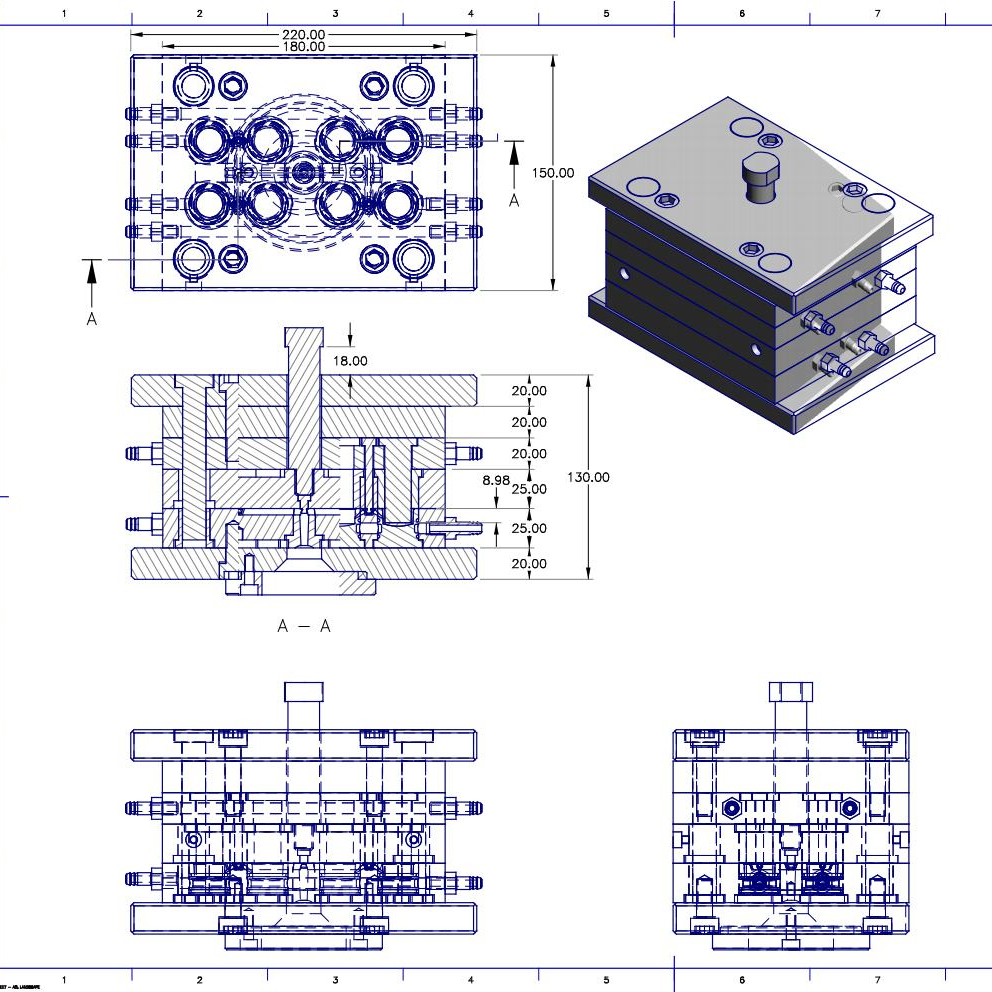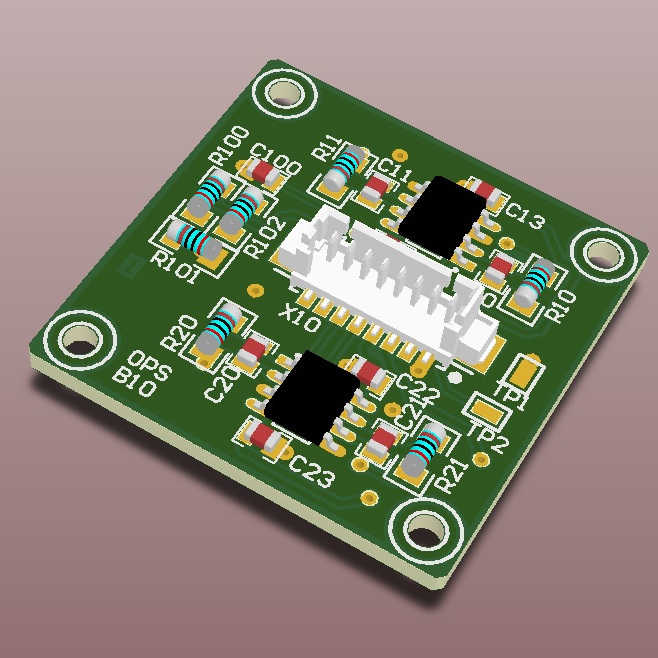One key milestone in creating prototypes is the product development process. This phase allows you to build a beta version of a product to ensure that its looks, dimensions, and performance align with the plan. The development continues to mass production. Otherwise, it is time to revisit nearly all the previous steps. Prototypes can be difficult to produce, and the typical small quantity manufacturing is not at all cost-efficient. They are nonetheless an integral part of the process.
Having no prototype means you put yourself at a greater risk of finding problems during the manufacturing stage. Waiting that long to discover a glitch requires more money to fix compared to having a prototype built. A prototype cuts losses before they happen. Accuracy matters the most because you want the prototype to be an exact representation of the product to be produced. The safest decision is to hire a prototype made with a good reputation. It is not going to be cheap, but it is worth every penny. Here are some tips for finding the right prototype design manufacturer.
10 Tips when hiring a prototype design firm for product development
1. Quality
Quality assurance is essential in prototype manufacturing. A robust quality check comes before all else. You cannot afford but to consider how well-built the prototype will be. No factory is invulnerable to manufacturing defects. However, the likelihood of it happening to your prototype is avoidable by implementing strict quality assurance tests on every part and component. One way to enforce the tests is to have everything in the manufacturing process well documented, including the equipment, materials, specification, and production requirements. If need be, ask to get involved and be there in the factory when the manufacturing happens.
Specialized tooling
Prototype makers must be able to offer both modern and traditional manufacturing techniques. A versatile range of services is of the utmost importance when the product is brand new. The product is more than just an iteration of existing alternatives but rather a unique innovation. It is also new to the production facility, which means the manufacturing work requires some adjustments to the equipment. It may also require some investment in specialized tools.
When it comes to fully-functional prototypes, 3D printing has limited benefits. The technology provides a quick solution to get a prototype ready within days or even hours, depending on how intricate the details are. A product with a lot of mechanical/moving parts is not ideally 3D printed. It can be made that way, but the quality is questionable at best. The raw material is another point to consider.
RELATED: Top Tips To Create Impactful Prototype Designs

Other tools to choose from
Today’s additive manufacturing allows you to use metal filament composed of base material infused with metal powder to create a metallic finish. A component CNC-machined from a single block of steel, aluminum, or metal alloy is a better option. A 3D printed prototype to showcase dimension and shape makes perfect sense for presentation purposes. Turnaround time is quick. Moreover, the cost is relatively inexpensive. However, a fully-working prototype cannot be a mere outer layer of a product. Traditional approaches such as injection molding, CNC machining, and casting are at the moment more reliable and of better quality.
Let’s say you cannot make the prototype without new tooling and molds; a reputable custom manufacturing service is willing to lower the investment on your part and let you focus on the prototype itself. The newly acquired tooling and molding will stay in the factory anyway. Although you are likely to pay additional charges to compensate for the purchase price, the amount is only a fraction of the total investment.
3. Quantity
All custom manufacturing services have a minimum order quantity (MOQ) requirement, usually in the range of 100 to 10,000 pieces for a single production run. Choose a prototype maker that allows the least amount of MOQ to save money. The prototype should not function as a finished product. You use the prototype to analyze performance and find room for improvement.
The product development process (up to the prototype phase) can run without problems. It can even yield a high-quality design precisely as intended. But zero room for improvement is never a reality in the manufacturing industry. There is always a part or two that requires tweaking, no matter how seemingly insignificant. The prototype’s sole purpose is to let you test it, then make improvements before mass production.
4. Familiarity with the product category
Anytime you hear the term “custom manufacturer,” the first thing that crosses your mind is a company that can build just about anything. It is neither entirely accurate nor correct. Choose a prototype maker whose business strives because they make products of the same category as yours. In addition to the experience, it makes perfect sense to work with a company that has all the right tools and expertise in place. With additional fees, they may offer to consult services too.
5. Maintain control of your prototype
There are intensive time-consuming stages of development before an idea can turn into a prototype. If you have control over the entire steps of the development, you should retain the same control over the prototyping work. If you handle the product development on your own and then hire a custom manufacturing service to build a prototype, maintaining control is easier because you only deal with the factory. If you collaborate with a design firm to develop the product, the firm may ask a third-party company for the prototyping task. That is where you enforce control through an intermediary (the design firm). Either way, be very clear about your role.
6. Turnaround time
As long as you describe the product specification carefully and the custom manufacturing service has all the right tools to build a prototype, there is almost no reason not to demand a quick turnaround time. A prototype maker can be different from the next in many respects. That includes the number of employees, production capacity, technical expertise, and types of in-house equipment. One that promises shorter lead times is more likely a better partner. When a prototype takes too much time to produce, the subsequent development phase goes on hold.
In today’s competitive market, where speed-to-market plays a massive role in determining success, slow production already means a loss of potential sales and profit. Before you agree to commission the prototyping work to any custom manufacturing company, ask how long it will take until the prototype is ready. If you are developing a time-sensitive innovation for a crowded market where you race with competitors – such as consumer electronics or communication devices – consider hiring a development firm that also offers in-house prototyping. You will save a lot of time working with just one company end-to-end, at least until mass-production.
RELATED: The Advantages and Disadvantages of CNC Machining for Prototype Design

7. Non-disclosure agreement
Turning an idea into a product is not an easy undertaking. You pour time, money, and effort into crafting the idea and work even harder to make it a tangible creation. The idea is yours alone. It is the intellectual property no one can “steal” or use without your permission. Anybody who does should be held legally responsible.
Working with a prototype maker means describing your idea for a product. The company has to know the specification and all the inner workings of the product to build one for you. To protect your interest and prevent the unlawful transfer of intellectual property, have the company sign a non-disclosure agreement (NDA). You can also include it as part of the contract. The agreement must be detailed enough and legally binding.
8. Support and feedback
Anybody can have an idea, develop something new for the masses, and make money from it. You don’t have to own a company to create a product, but you need help from a prototype maker to test the product first. Before choosing a custom manufacturing service, ask around and narrow the search only to those who demonstrate good communication skills. Throughout the process, you will need a lot of advice and constructive feedback from the more experienced. A good prototyping company is aware of the business relation. You are the client, making you practically the boss who has the right to demand input and options so that you can make an informed decision.
9. ISO certification
In the manufacturing industry, ISO certifications and compliance standards are clear indications of the company’s engineering capabilities and (to some extent) business practices. A prototyping company with such certifications has passed scrutiny and audit by an independent body because its manufacturing practice meets or exceeds international quality standards. That is not to say that ISO-certified companies are faultless all the time, but you minimize the chances of having a failed or poor-quality prototype when working with them.
10. Transparent billing
As mentioned earlier, prototyping is a resource-demanding process. There is always a possibility that the company must purchase new equipment, hire additional workers to get the job done in a specified timeline or acquire the raw materials from overseas. Transparent billing is key to good collaboration. You want to know where your money goes and what you get in return.
The bill must list all the expenses (preferably before making an agreement) so that you have time to assess your budget. If you cannot afford to pay for all the services provided, make compromises with the company. Perhaps you can omit some value-added services to reduce cost or use alternative, less-expensive materials.
How Cad Crowd can help
We understand the value of your time and the need for a quality design to send to your prototype firm for a minimal to an effortless job. Let our top-tier professionals check and correct your prototype design (CAD file) beforehand. We help all types of businesses whether you’re an entrepreneur or work in a large company. Check-in with our friendly representatives and we’ll send you a quote the following business day. Click here to get a quote.
